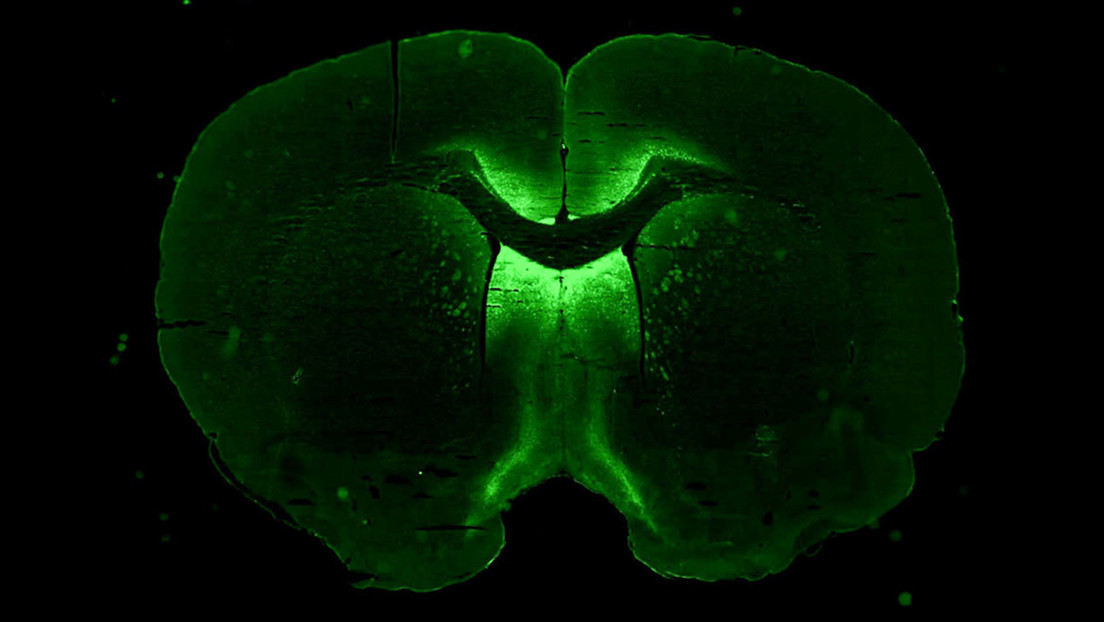
An upcoming mission to the International Space Station (ISS) will carry brain cells that will be grown in microgravity to become tiny, simplified 3D models of the human brain.
Researchers from the US biotech start-up company AxonisTherapeutics, Inc. will take advantage of the facilities of the ISS National Laboratory to examine how microgravity affects the maturation of brain cells in these models that mimic certain aspects of the human brain.
The findings will help advance disease modeling and could lead to the development of new therapies to treat neurological disorders. Approximately 1 billion people, nearly 1 in 6, are affected by neurological disorders ranging from Alzheimer's disease and Parkinson's disease to epilepsy and migraine headaches.
Obtaining the spherical mini-brains
First, the Axonis team will obtain stem cells from adult human skin cells through a reprogramming process to their embryonic state. Known as induced pluripotent stem cells (iPSCs), these can transform into any type of cell in the body under the influence of various chemical signals.
The scientists will then turn the iPSCs into different types of brain cells—neurons, microglia, and astrocytes—on Earth. These cell cultures will be sent into orbit, where they will be assembled into three-dimensional spheroids.
Shane Hegarty, chief scientific officer at Axonis, explained that these 3D self-assemblies are an innovative approach to studying the human brain. "They are assembling to form this type of spheroid instead of starting as a cell that grows and grows and grows into an organoid, which is a little different and can't mature very much," he said.
https://www.cadenagramonte.cu/prueba/b05157a07cf405205a029b1fb7fe1f42f3b7ddfc.png
Advantages of spherical mini-brains over organoids
Hegarty revealed that the problem with organoids is that cells can only mature to a certain point, and often some of them die faster than the rest, making it an incomplete model. On the other hand, the specialist believes that organoids take many months to create on Earth and "they may never reach the maturity that they could potentially achieve with the 3D self-assembly approach."
Self-assembled spheroids are also valuable because they can be made from the patient's own skin cells. Because of this, they can serve as individualized models that allow researchers to tailor treatment options to the particular needs of the patient.
Other lines of research
In addition to assessing how well self-assembled spheroids form in space, they will also determine the ability of a fluorescent therapeutic agent to specifically target neurons within the cell assembly. Likewise, this research would help speed up the drug approval process. Hegarty stated that human data is preferable to animal data, "so in the future we may see more and more approvals based on non-animal disease models." (Text: RT) (Photos: AxonisTherapeutics, Inc.)